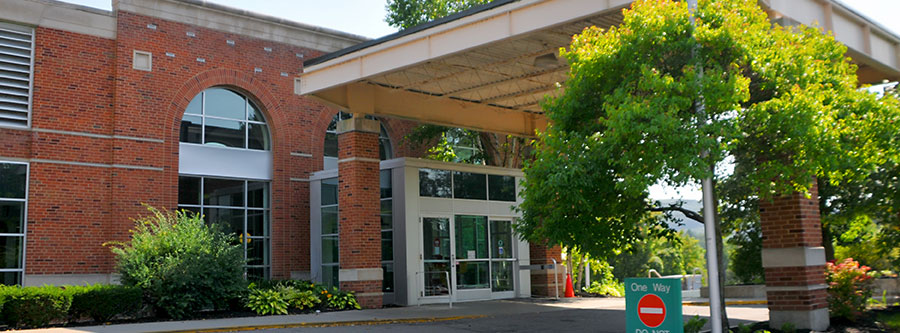Complex Regional Pain Syndrome
Make Appointments & Get Care
What is Complex Regional Pain Syndrome?
The key symptom of complex regional pain syndrome (CRPS) is continuous, intense pain that feels worse than the severity of an injury. This kind of pain gets worse over time instead of better.
CRPS most often occurs after surgery, but it is rare and perplexing. The pain mostly occurs at the ends of people’s limbs, such as the hand and elbow, or foot and knee. The limb may feel weird or different; it may feel hot or cold, seem swollen or turn an unusual color. The skin may seem very sensitive and painful to even light touch that obviously isn’t doing any harm. Often the pain spreads to include the entire arm or leg.
Doctors aren’t sure what causes CRPS, though one theory suggests it’s caused by a triggering of the immune response, which leads to the characteristic symptoms of inflammation: redness, warmth, and swelling in the affected area.
CRPS can be a scary condition. We help you understand that you’re not alone, that your limb will improve if you use it as normally as possible, and that you can influence your condition by maintaining a healthy lifestyle.
Diagnosing Complex Regional Pain Syndrome
Diagnosis is done through a process of elimination rather than particular tests because doctors and researchers are still working to understand the cause. The longer a person has CRPS without getting treatment, the more difficult it is to treat. So, it’s vital to get early diagnosis by doctors familiar with the condition, such as pain specialists, rehabilitation specialists, or neurologists, along with physical therapists such as physiotherapists, hand therapists, and occupational therapists.
UR Medicine's Treatments for Complex Regional Pain Syndrome
The general goal in treating CRPS is to decrease the intensity of the pain and/or spasms that can come with it. Treatments have changed over the past decade and probably will continue to change as more is learned.
Each case is different, so our pain team must determine the best course of therapy for each individual. Treatments can consist of medication, injections, or procedures—or a combination. For some patients, spinal cord stimulation is an option.
In rare cases where patients also suffer muscle spasms, they may receive intrathecal drug infusion, in which an implanted pump and catheter deliver anti-spasm medication directly to the cerebrospinal fluid. Our pain specialists generally know who is a good candidate for these treatments.
Patients need to understand that the painful limb is not damaged, so it doesn’t need to be rested to “heal.” Acknowledging this is the key to overcoming the stress, anxiety, fear, anger, and depression that often accompany CRPS. Together with physical therapy, psychological therapy often is prescribed to teach coping skills, including how to replace negative thoughts with positive ones.
What Sets Us Apart?
Our UR Medicine Neurosurgery team provides the widest range of neurosurgery and neuromedicine care in the region.
Because we’re part of an academic medical center, we’re backed by an internationally renowned research team. This enables us to provide cutting-edge, evidence-based treatment to our patients.
Locations
View All LocationsWe serve you in the Rochester metropolitan area and surrounding region.
View All Locations4 locations
2180 South Clinton Avenue
Rochester, NY 14618
Thompson Professional Building
395 West Street, Suite 007
Canandaigua, NY 14424
St. James Medical Office Building
7309 Seneca Road North, Entrance C, Suite 102
Hornell, NY 14843
Jones Memorial Hospital
191 North Main Street
Wellsville, NY 14895-0072

